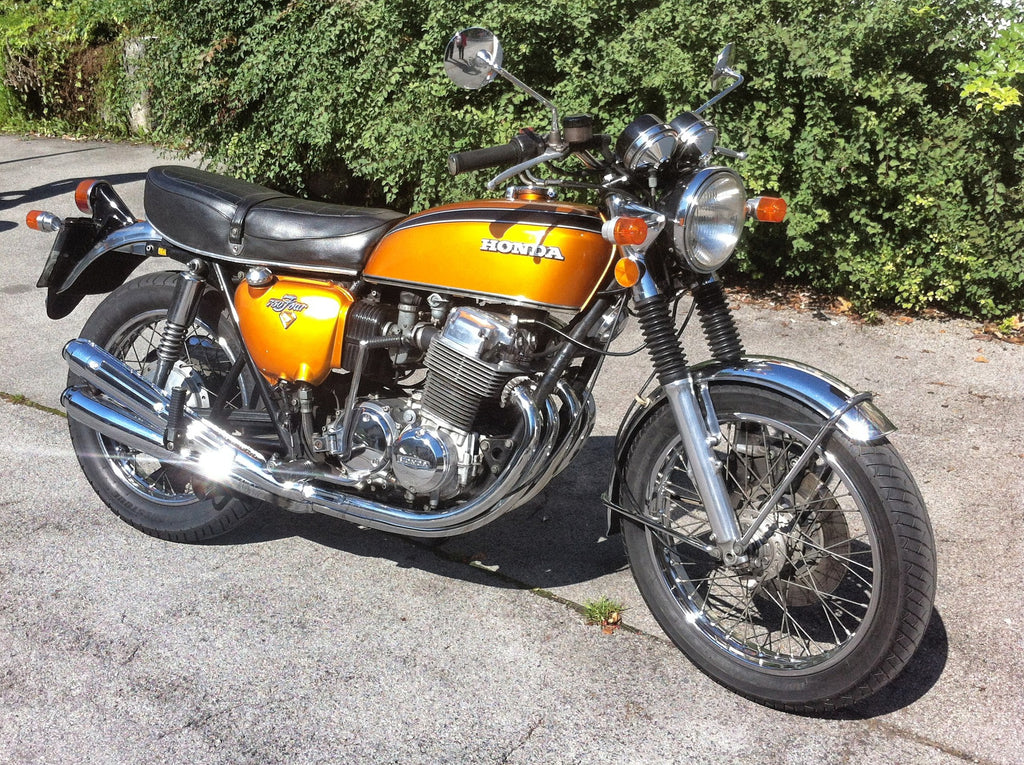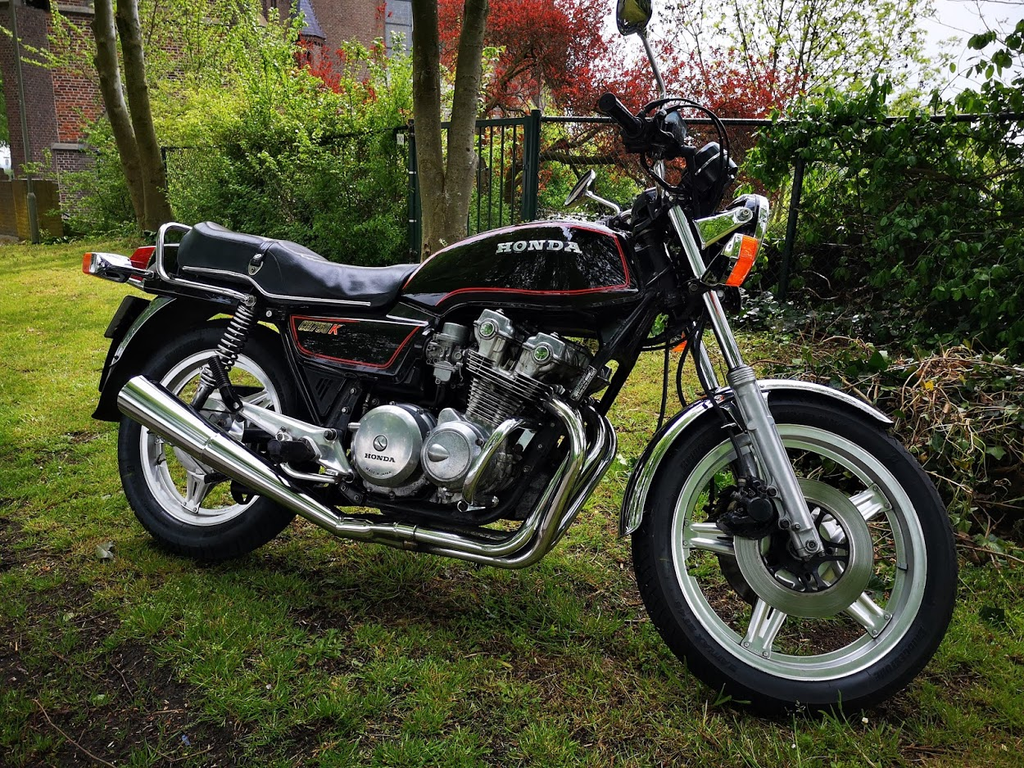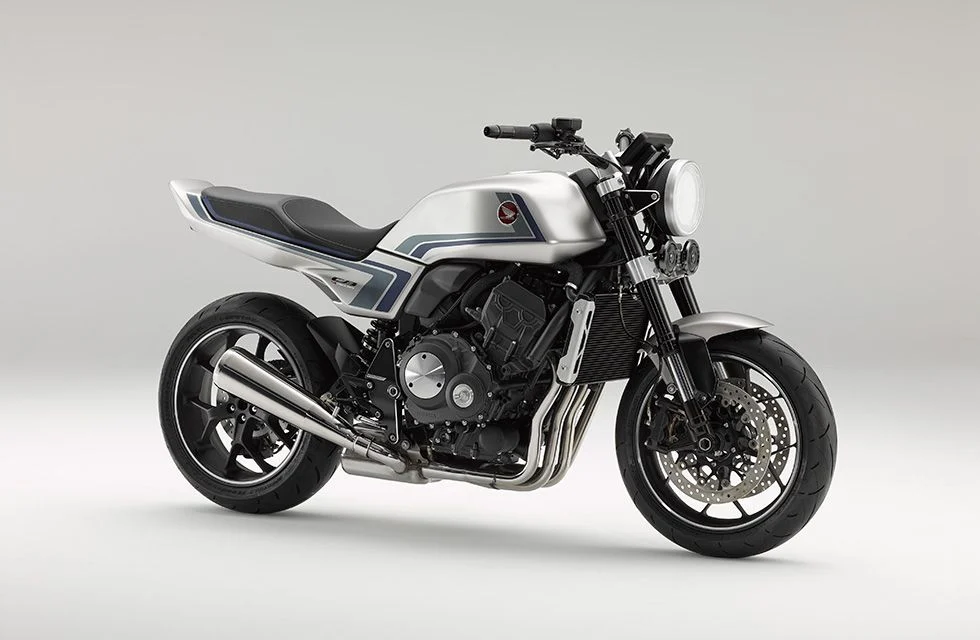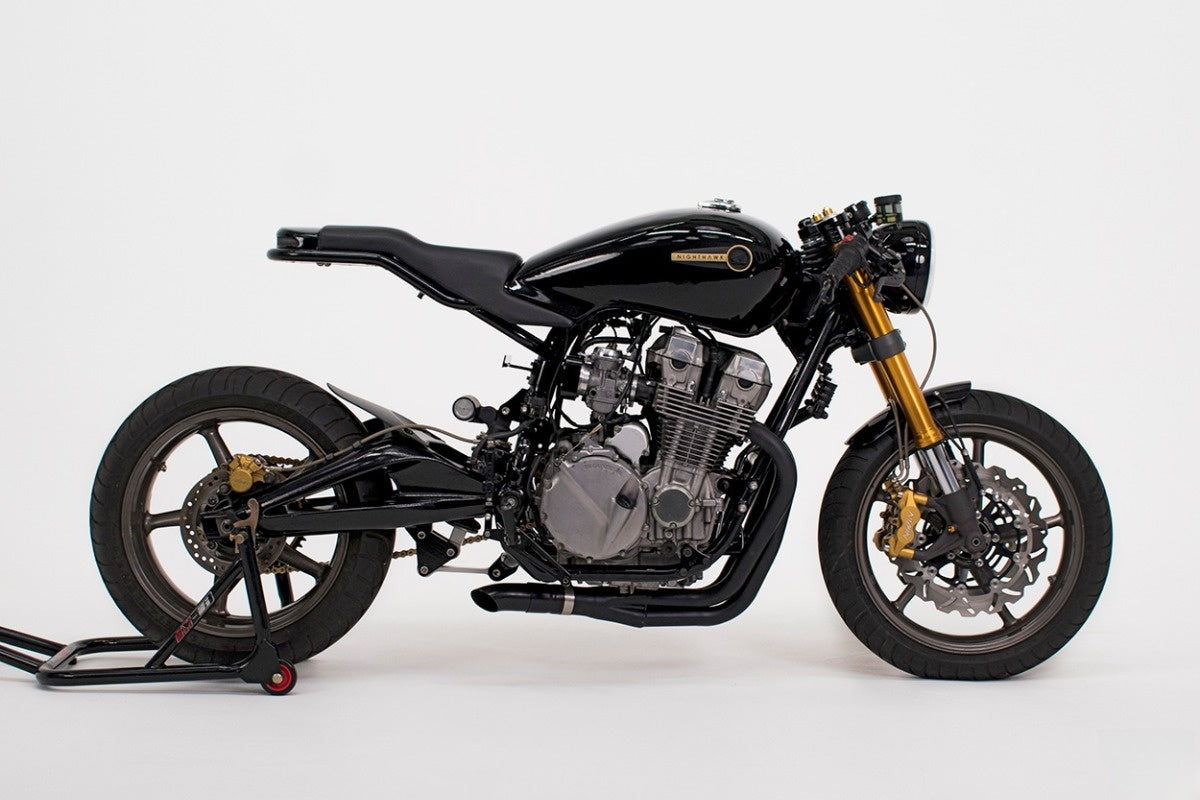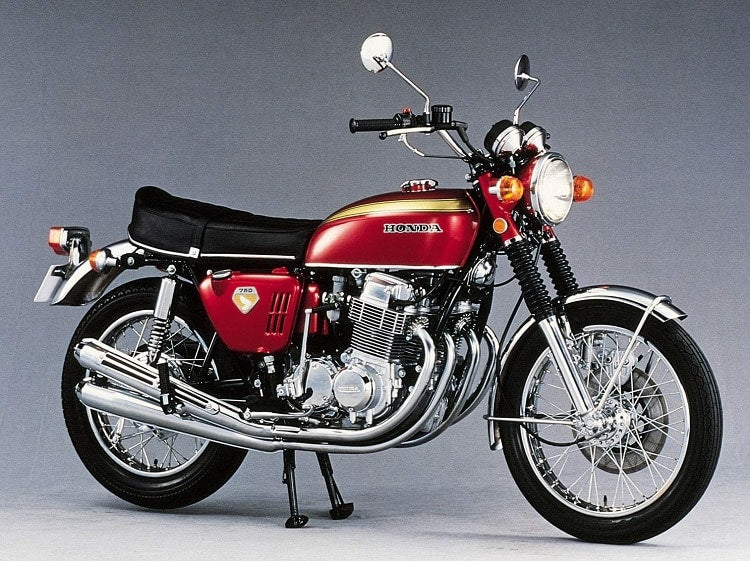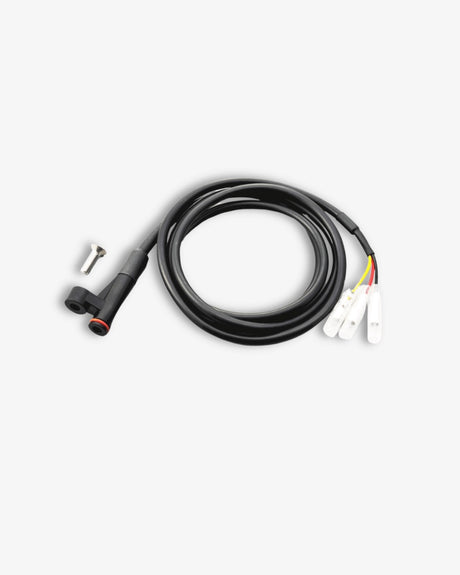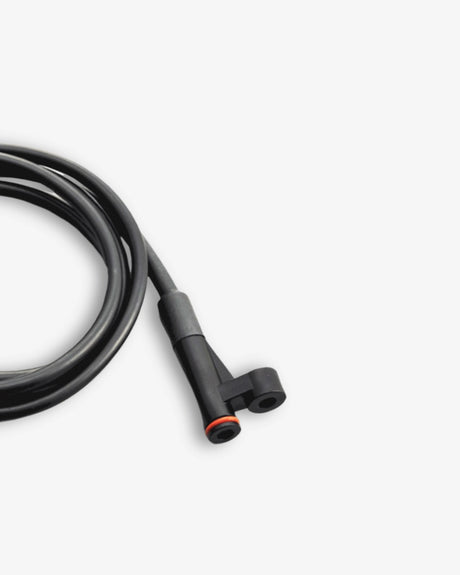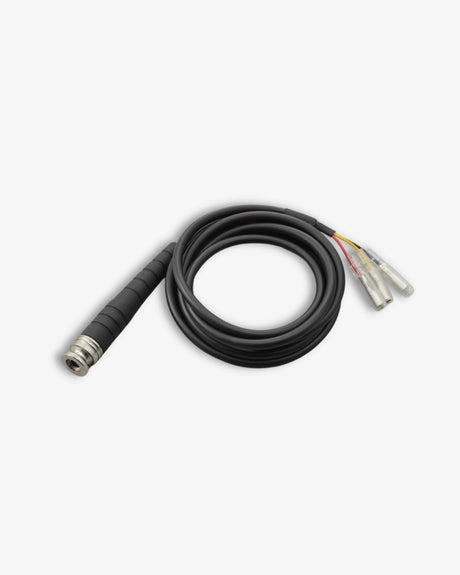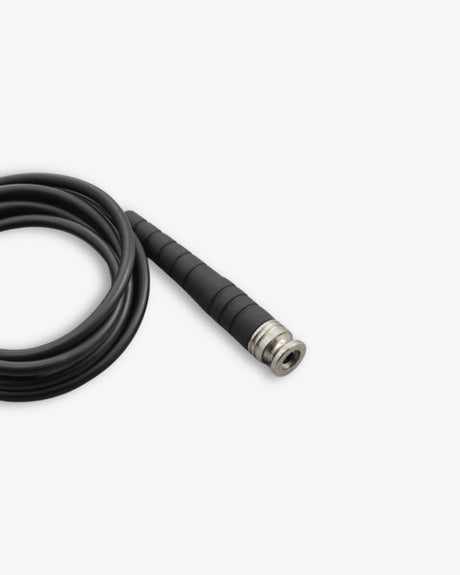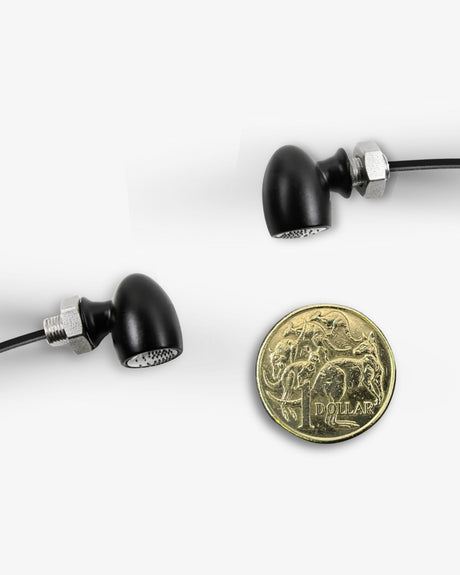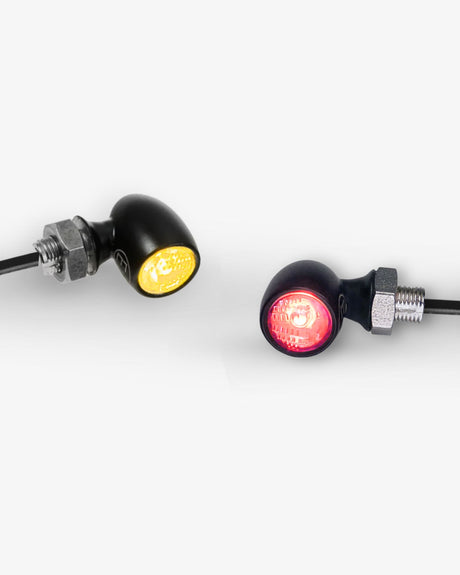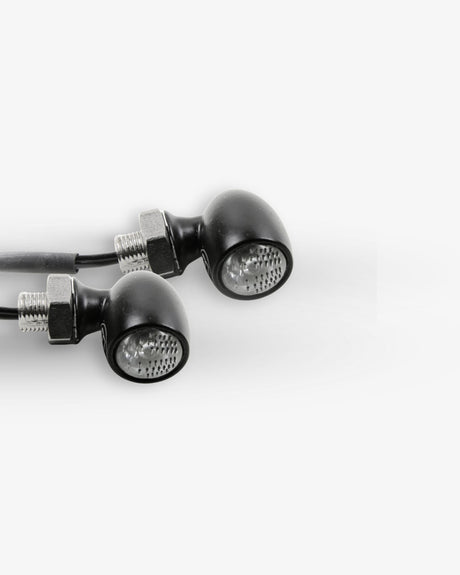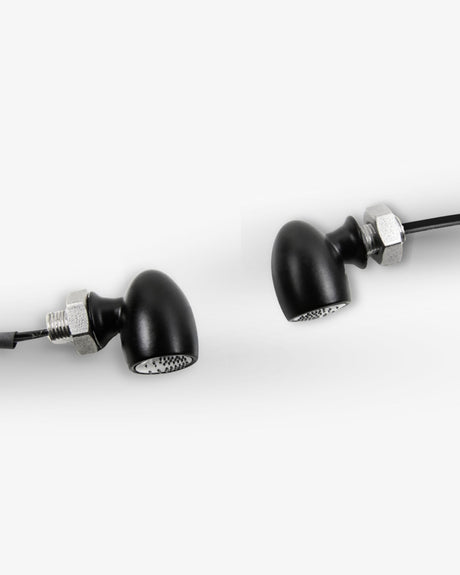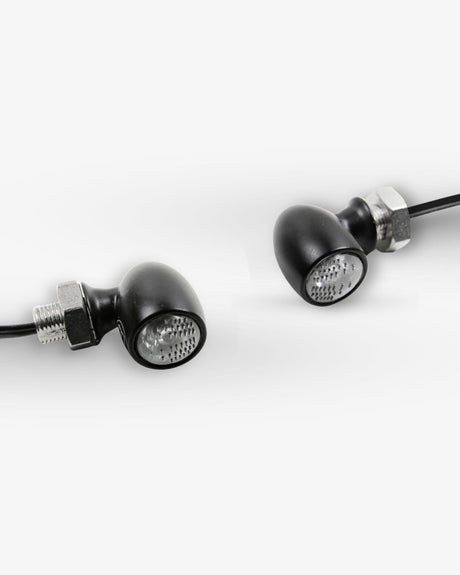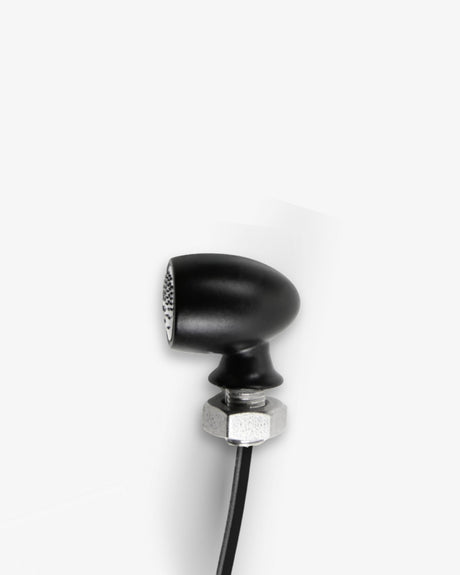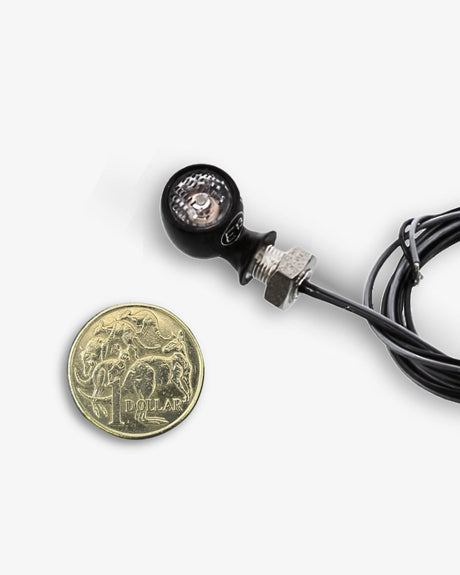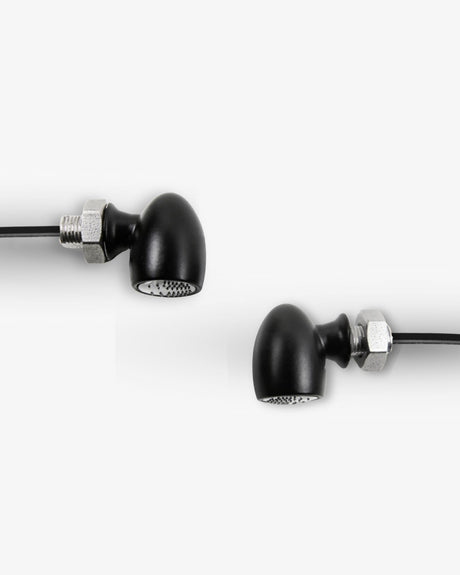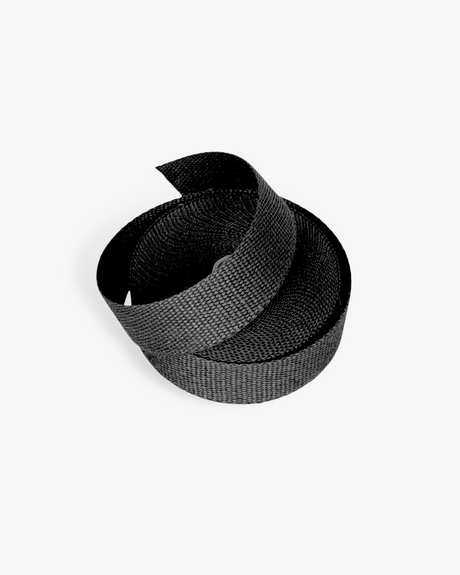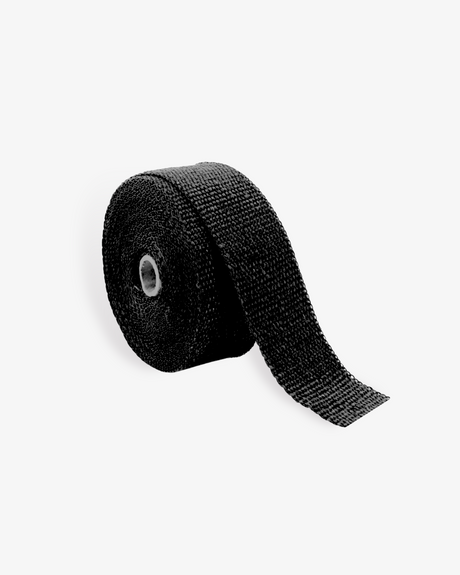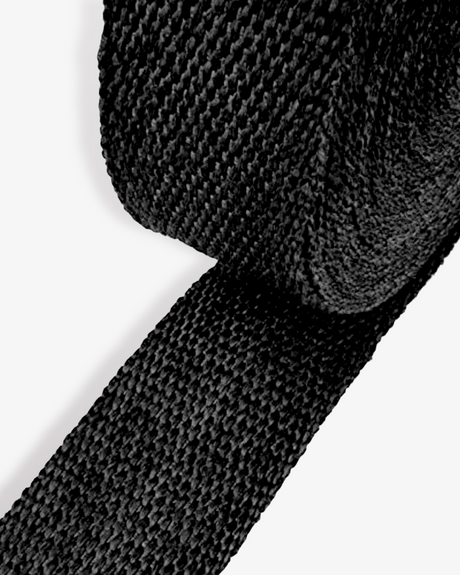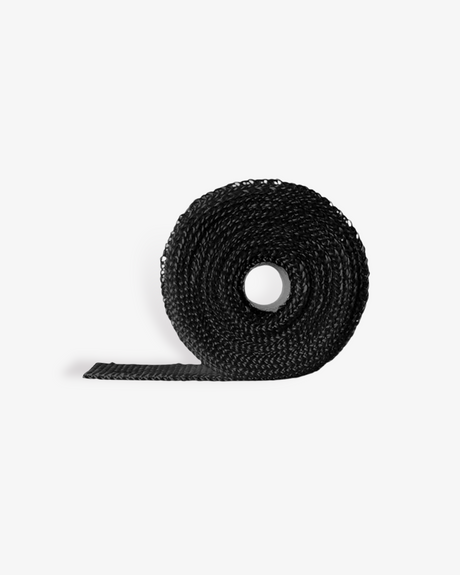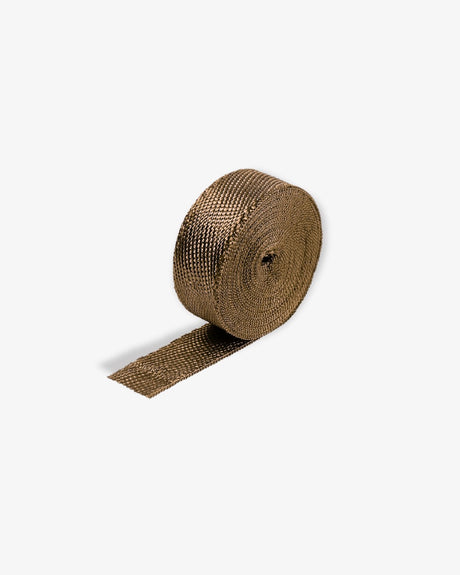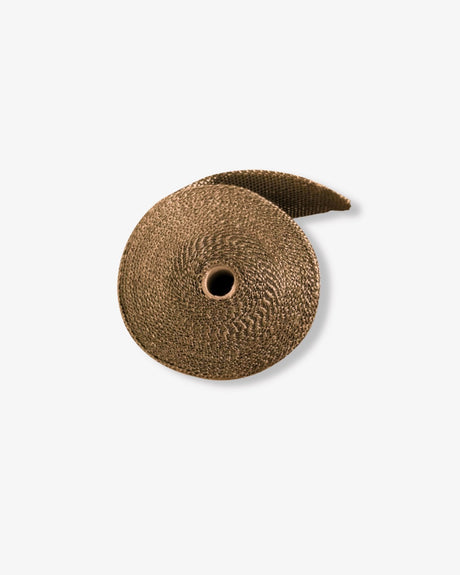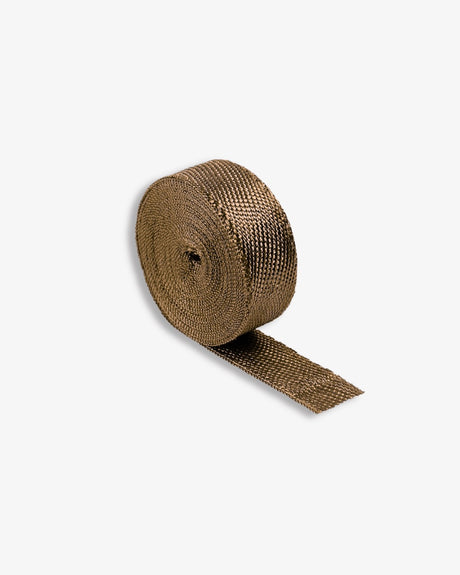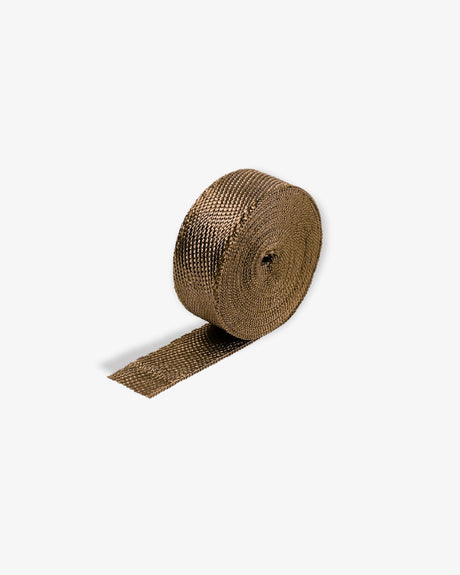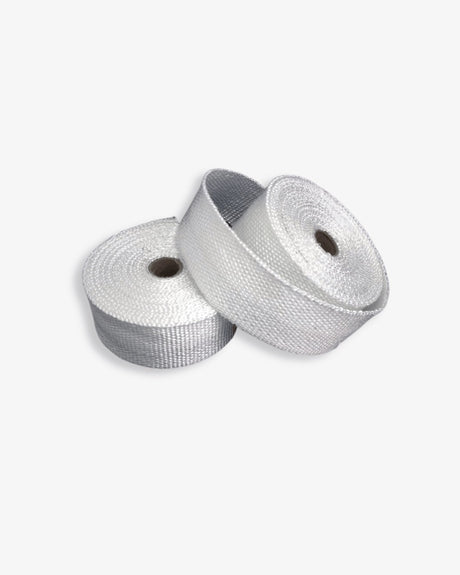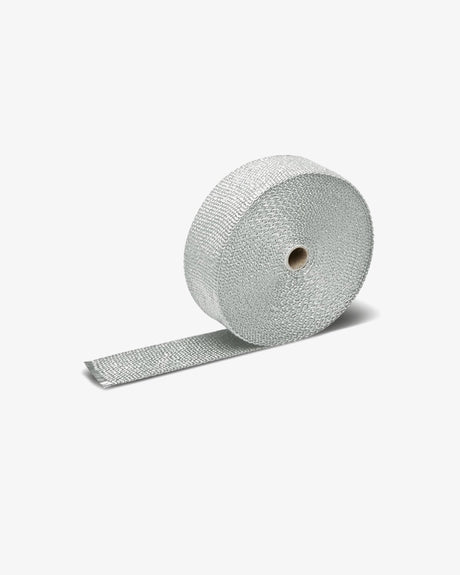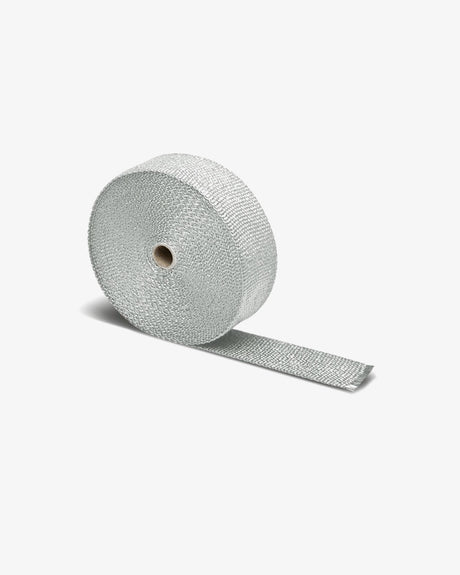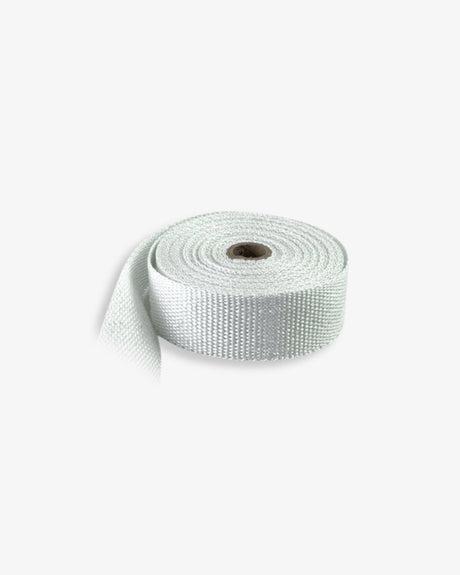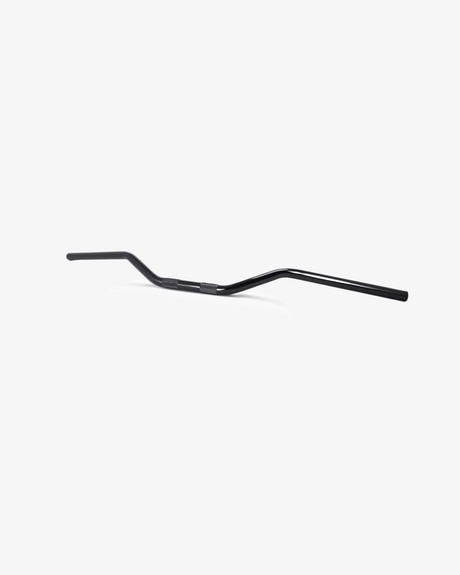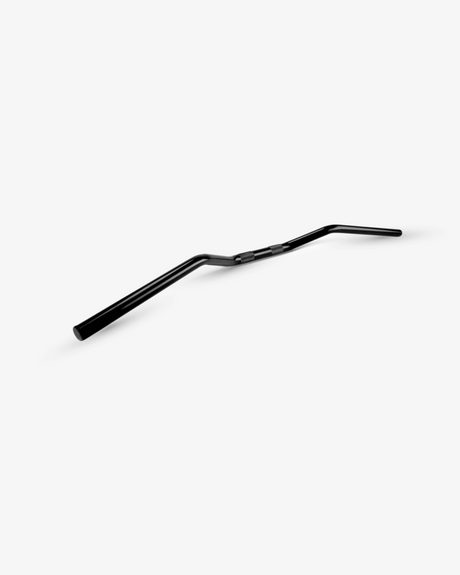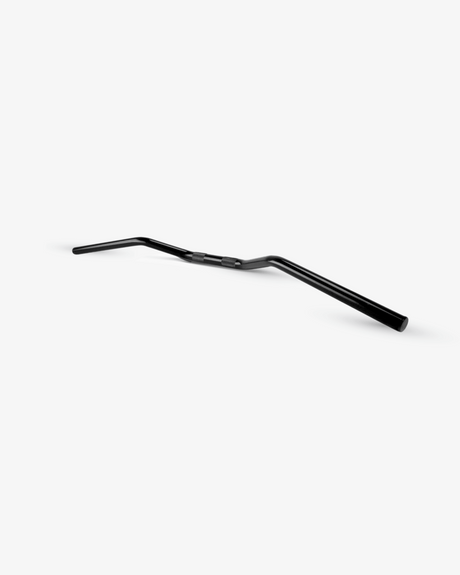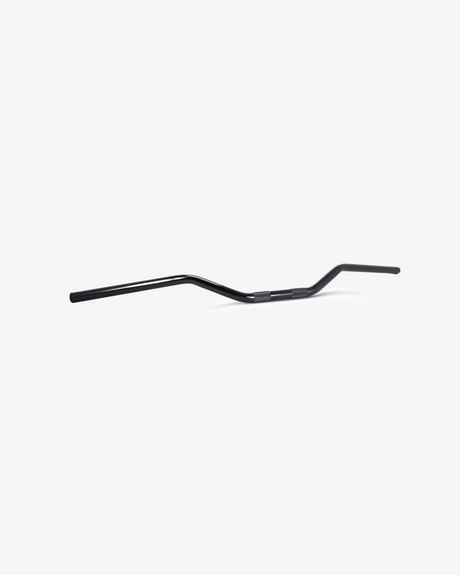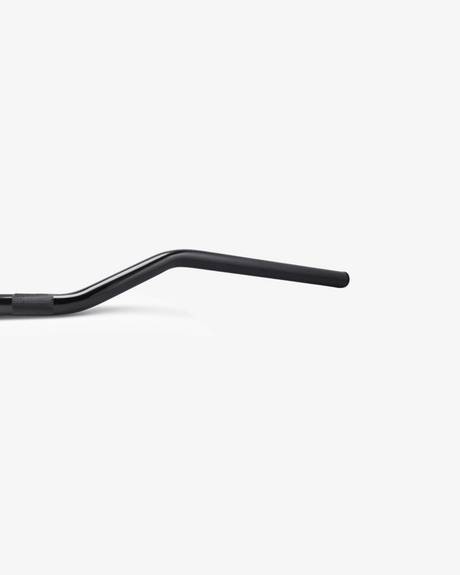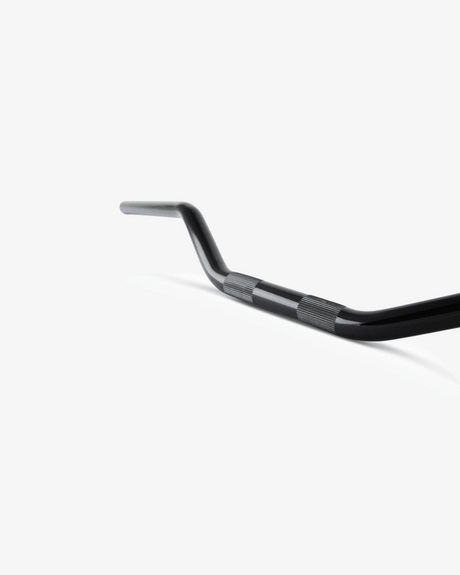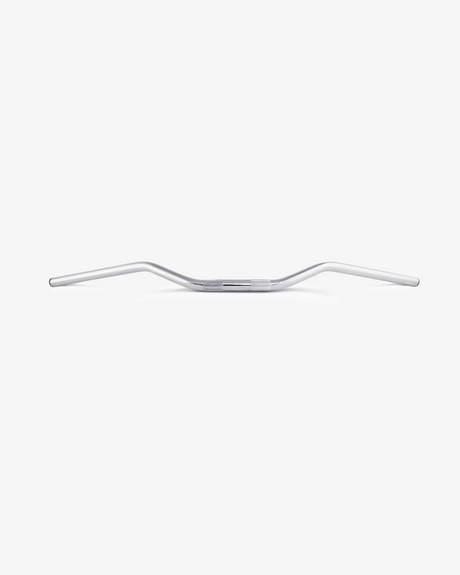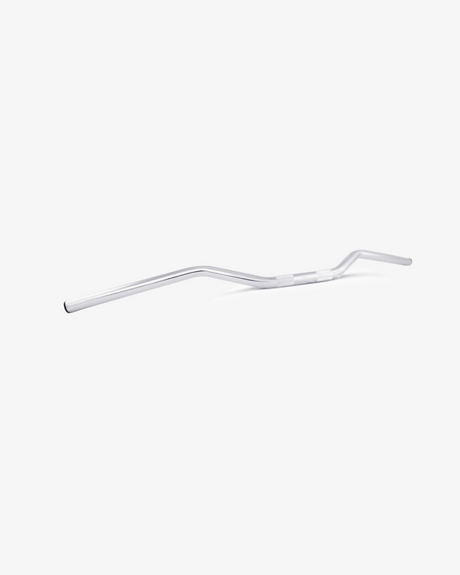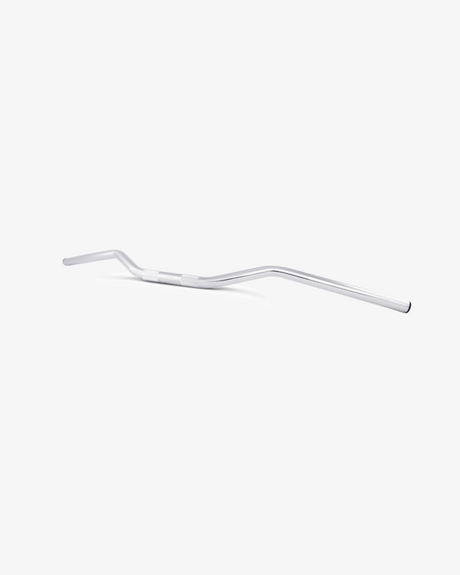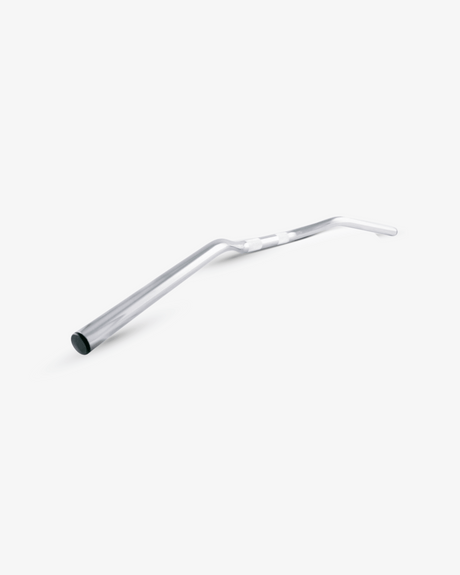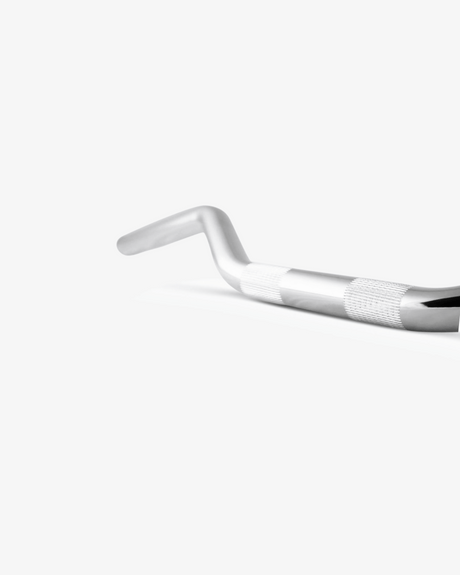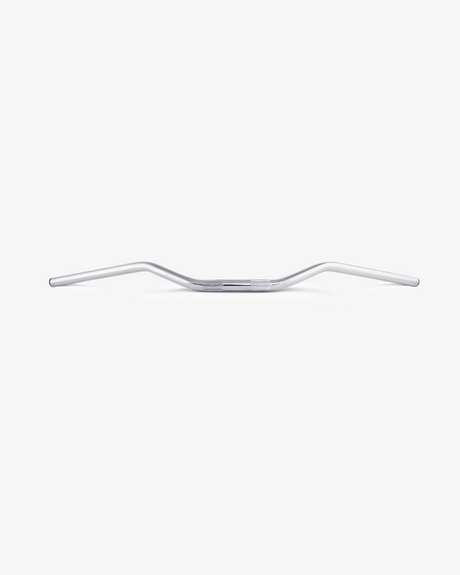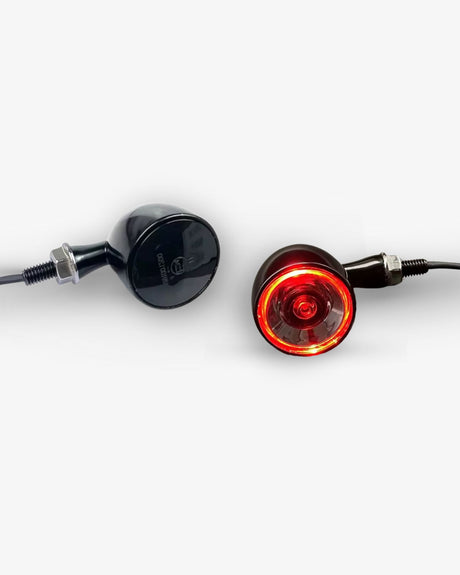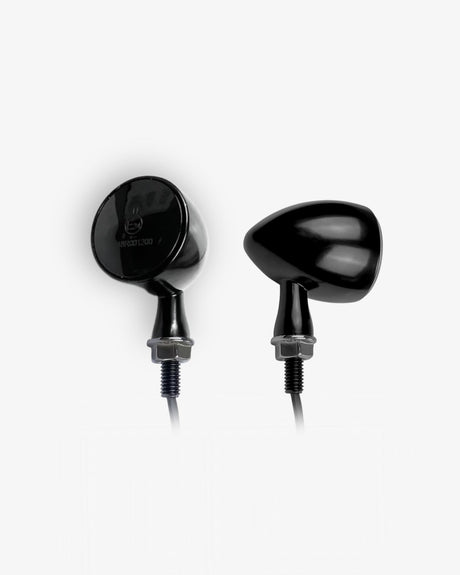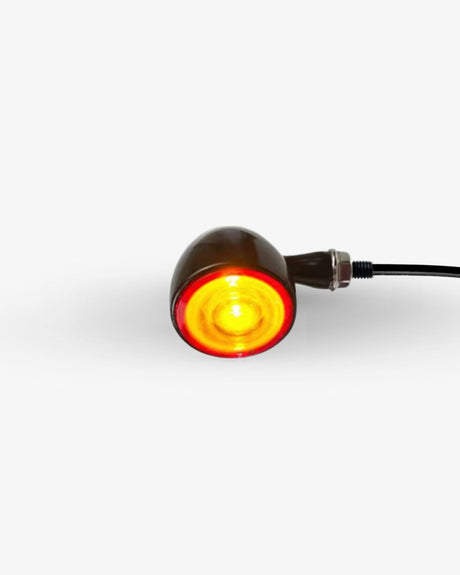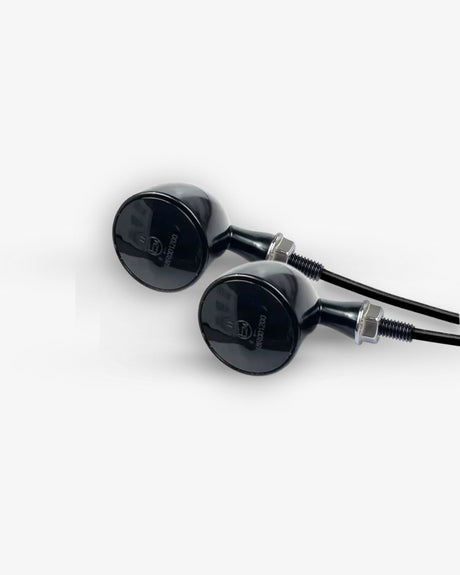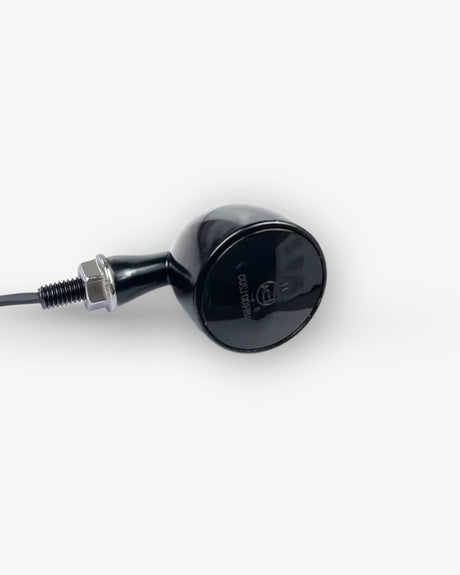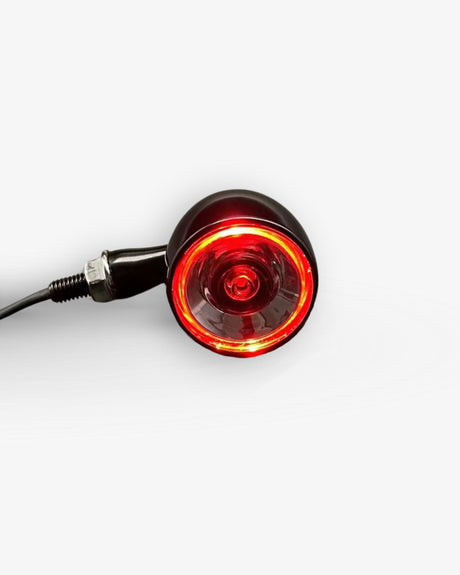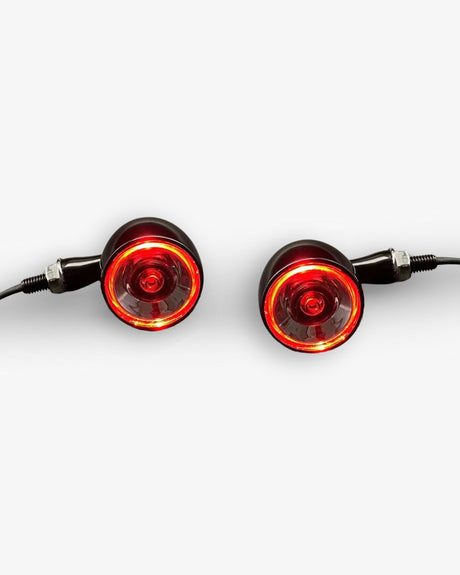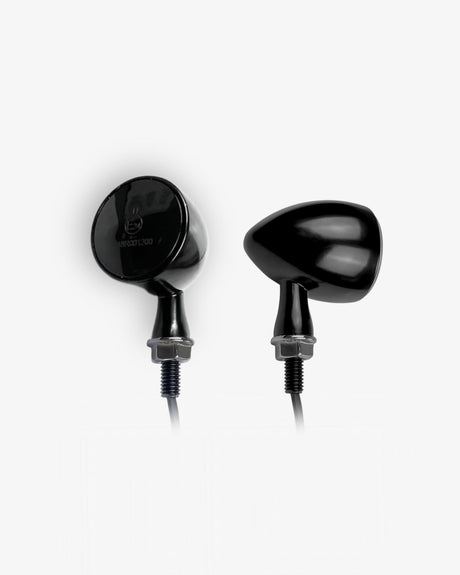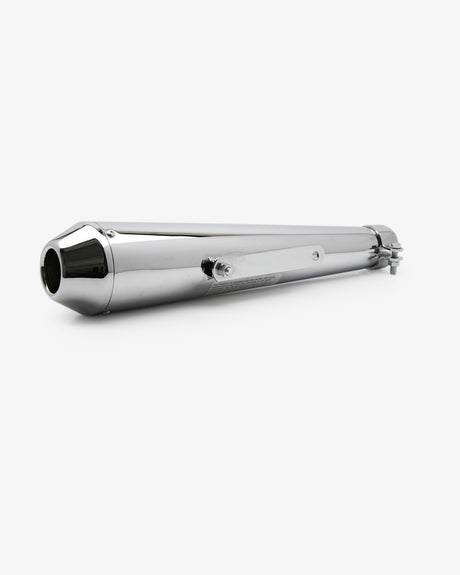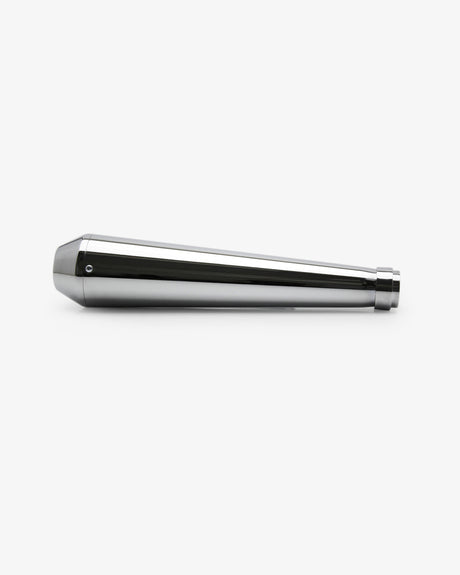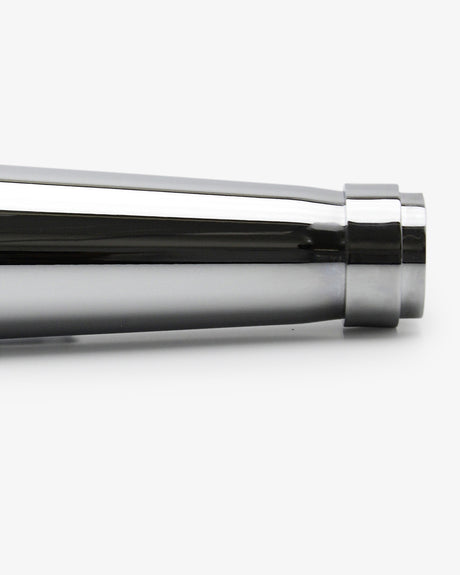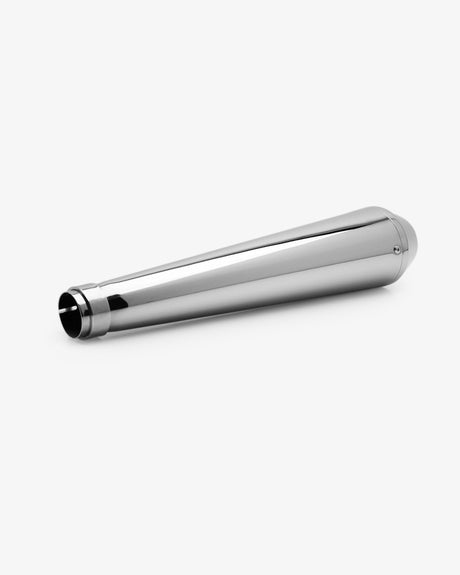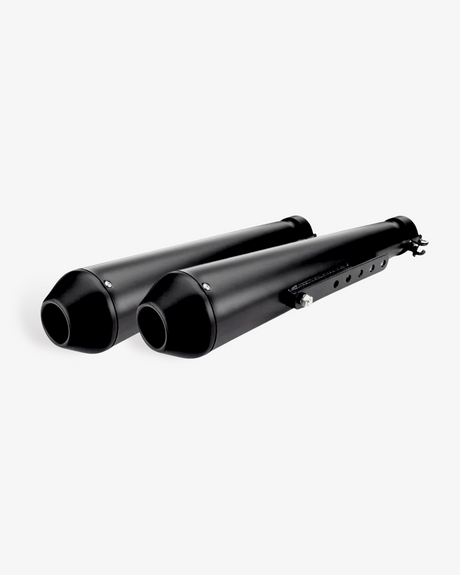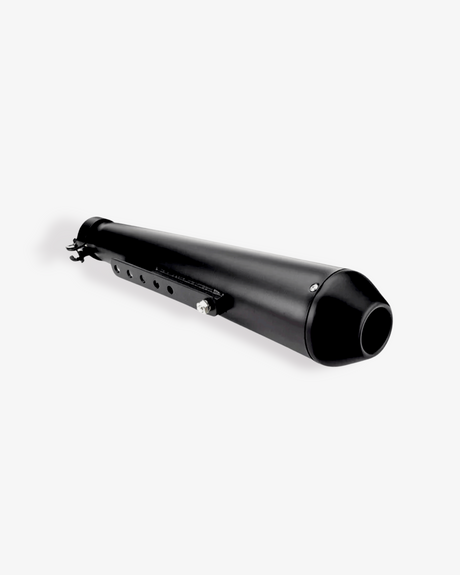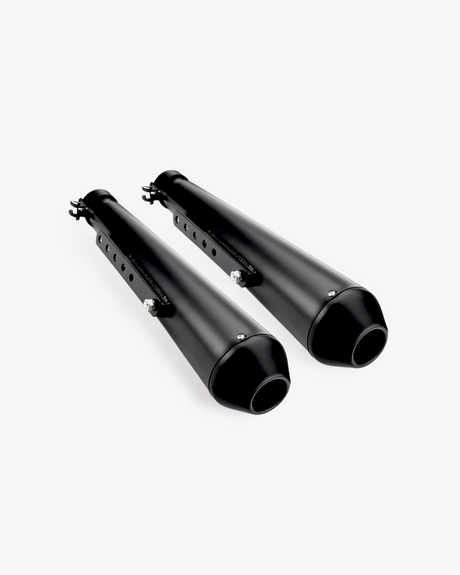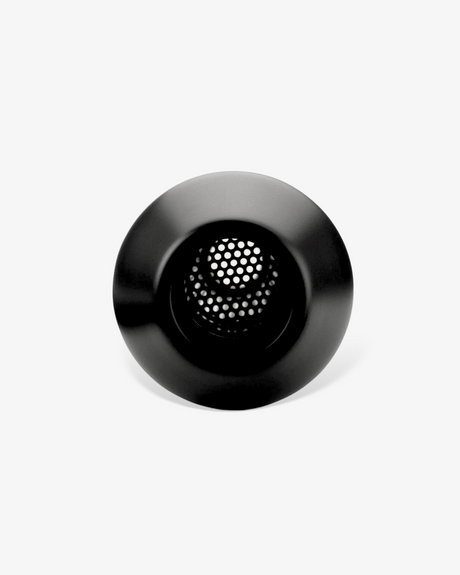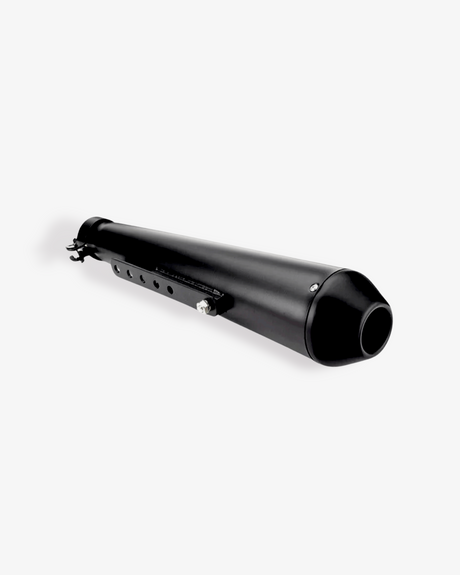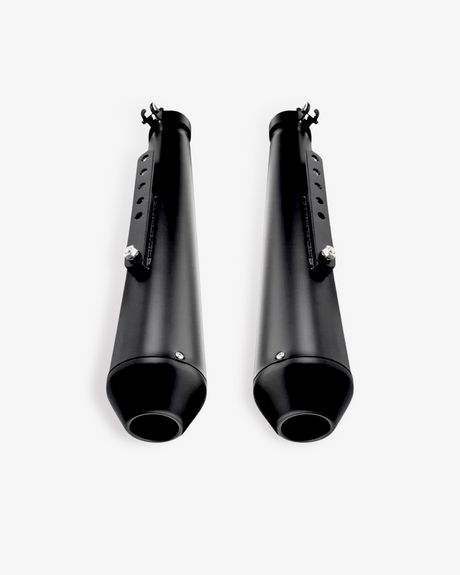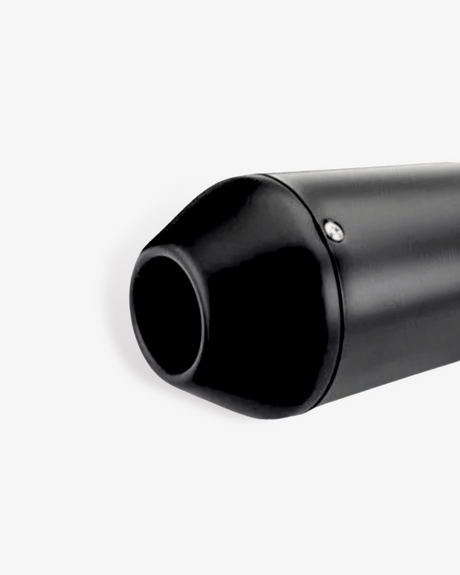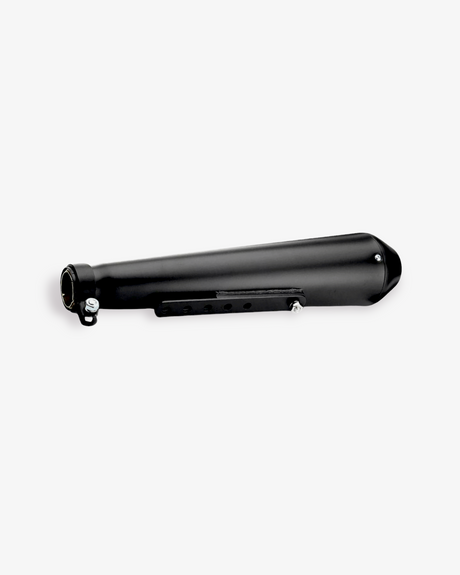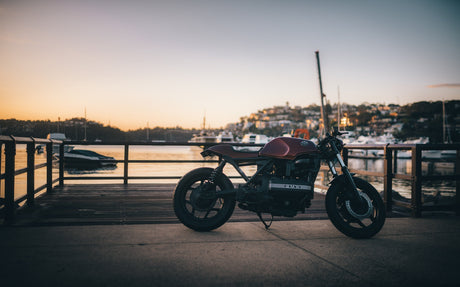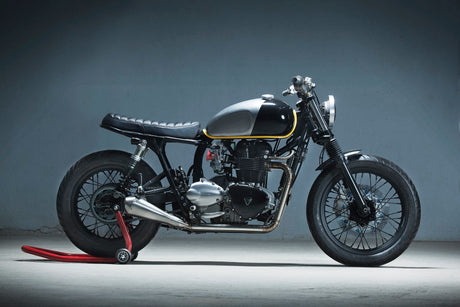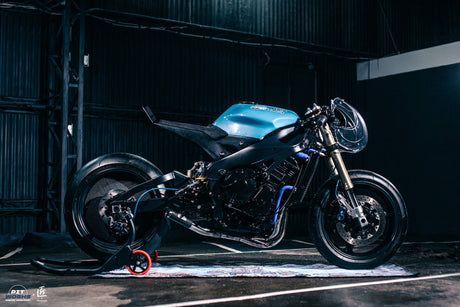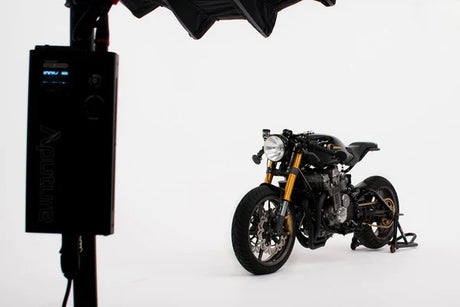In the world of modern superbikes, the Honda CB750 was an early riser. It was birthed In the 1960s, at a time when there was so much cultural evolution going on that superbikes were not a mainstream interest.
For some context, Apollo II landed on the moon in the same year that the CB750 was introduced into the western market, and the term “One small step for man, one giant leap for mankind.” was coined. In addition, the population had just become comfortable with motorbikes as a mainstream form of transport, but speed was far from the objective in people’s minds.

Honda rose to the occasion, at a time when, with the exception of the side-valve Harley Davidson, racing bikes in the United States had their engines capped at 500cc. The UK was the next biggest motorcycle market in the west at that time. There was quite a throng of motorcycle companies within the region, some of which were BSA, Norton, and Triumph.

When the Honda CB750 was introduced into the UK market at the England motorcycle show in April 1969, it was crystal clear that a new wave of superbikes was about to set in. Few bikers in the western world could have imagined the level of performance efficiency that was about to slap them, especially given the fact that the CB750 was much more affordable than the present bikes, and was laden with more features. The competition would be brought to its knees.
The Honda CB750 marked the crossing of a new frontier that would go ahead to define the next generation of superbikes.
The Decision To Use Grand Prix Technology

According to Honda’s website, while Honda’s motorcycle sales were doing quite well in the US, they weren’t considered a market leader in performance specifications. Honda USA was building up pressure on the parent company, Honda Japan to step up their production of high torque machines. Yoshiro Harada, head of the development team of the Dream CB450 model, decided to develop a more powerful motorbike. Their most powerful line of motorbikes at the moment had a 650cc engine, but that simply would not cut it for the American market, as there were 750cc variants coming in from Europe, and also produced within the US.
A team of twenty individuals was put together at Honda to realize what would be the world’s most powerful motorbike. Not long into the design process, it dawned on them that that simply designing a 750cc machine would not cut it, because the leading competitors, Triumph, BMW, and Harley already had competent machines that could hold their own with regard to performance and power. The team needed a solution.
The solution came from Bob Hansen, American Honda’s service manager, who had interests in making the next generation of Hondas more formidable in American racing, decided that Grand Prix engines were the way to go.
The Engineering Decisions That Made The Difference

Prior to the Honda CB750, the 450cc bikes made by Honda were arguably still the fastest and most reliable mainstream motorbikes available on the market and had won tons of accolades and competitions in the years prior. Honda had also scooped up 5 consecutive championship titles in the 1966 World Grand Prix Road Racing Series, which led them to conclude that since they’d had that down, it was time to turn to the consumer market for high-performance machines.
Their mainstream and performance machines success meant that they had a rare breed of engineers who were capable of crafting the perfect engine, and with inspiration from their Grand Prix designs, they set out to do just that, with the Dream CB750 FOUR.

One of the main design decisions Honda made was to make the CB750 the most ergonomic pair of wheels available. They didn’t plan on stopping at just making the bike a joy to look at, and drawing raw power from it; oh no; it had to be long-range, high-speed touring safer, and ridiculously comfortable.
According to Honda’s website, the all-star team of engineers would aim for these 6 features as a minimum:
- Achieving high-speed highway cruising (between 140 and 160 km/h), with enough output for weaving effortlessly through traffic.
- A reliable braking system that could handle abrupt deceleration from god-like speeds
- An ergonomic riding position, easy rider controls, and low vibration.
- A reliable set of auxiliary devices like lights, that would be obvious to both the rider and the other traffic
- Long service life for every part of the bike
- Loading cutting-edge surface-treatment technologies onto the bike.
This led to the CB750 becoming the first motorcycle to offer a front disc brake, while the rest of the bike populace was using drum breaks. Honda couldn’t have made a better decision. The bike also had a transverse, four-cylinder engine with a single overhead camshaft (SOHC) with 2 valves per cylinder. Other features of the bike included a 5-speed constant mesh transmission, a Gearbox, and Final Drive Chain.
It Sold, And Really Well At That

By the time the production version hit the US and the UK market, it had garnered enough admirers to actually put Honda sales behind demand. For the next 20 years, Honda went on to enjoy dramatic sales of the CB750, which also prompted them to introduce variants of the model, and borrow engineering constructs from the machine into their other models.
Yes, It Is Still In Production Today, Albeit Not Turning Heads As Much

Having improved on the base model, the CB750's latest version is the Honda Cb750F. It is a sight for sore eyes, and while it may not top the Honda CBR sales, over 50 years of the Honda Cb750’s presence would be impossible to erase.

